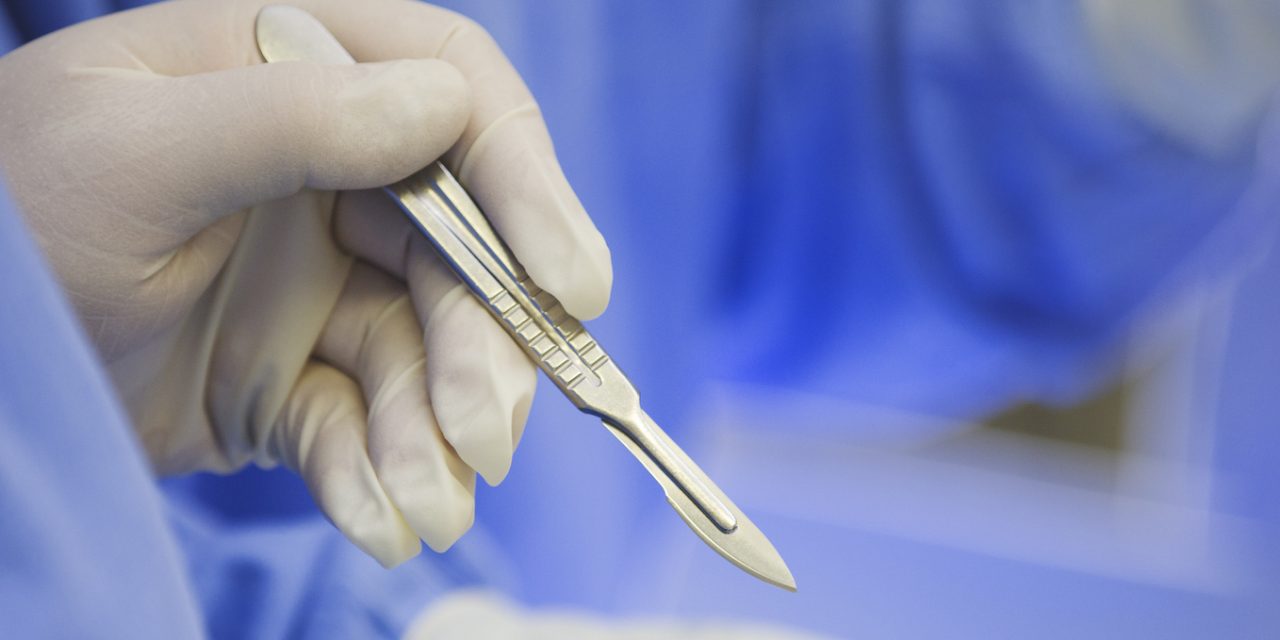This study aims to evaluate the effect of surgical experience on reliability for Boyd-Griffin, Evans/Jensen, Evans, Orthopaedic Trauma Association (main and subgroups), and Tronzo classification systems.
Between January 2013 and December 2014, radiological images of a total of 60 patients (13 males, 47 females; mean age: 78.9±21.9 years; range, 61 to 96 years) with the diagnosis of intertrochanteric femur fracture were analyzed. Radiographs were evaluated and classified by five residents and five orthopedics and traumatology surgeons according to the Evans, Boyd-Griffin, Evans/Jensen, OTA, and Tronzo classification systems. Intra- and interobserver reliability were calculated using the kappa statistics.
The worst intraobserver compatibility among the residents was the classification system with OTA subgroups (κ=0.516), while the classification system with the best intraobserver fit was found to be OTA main groups (κ=0.744). The worst agreement among surgeons was in the Evans classification system (κ=0.456). However, the best intraobserver agreement was in the OTA main groups (κ=0.741). The best interobserver agreement was observed regarding the OTA main groups (κ=0.699).
The classification that has the best harmony both among residents and surgeons, and between residents and surgeons is the OTA main group classification.
The intra- and interobserver reliability of five commonly used intertrochanteric femur fracture classification systems.


